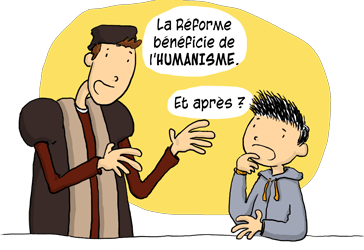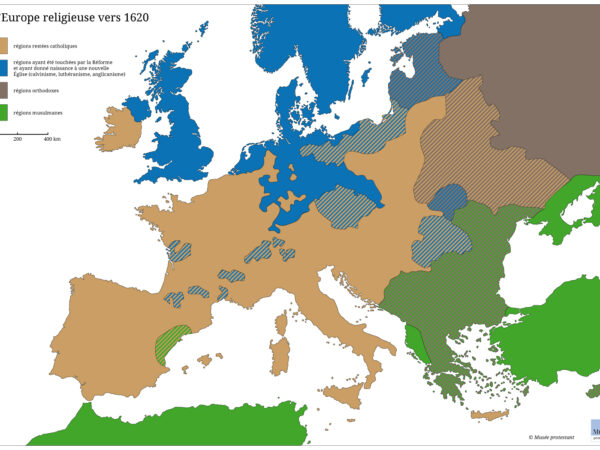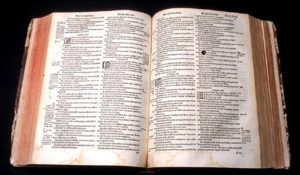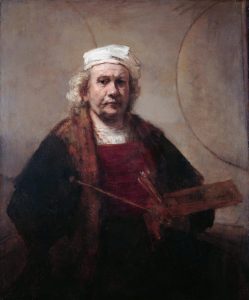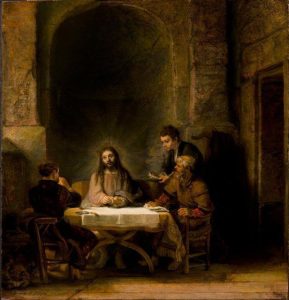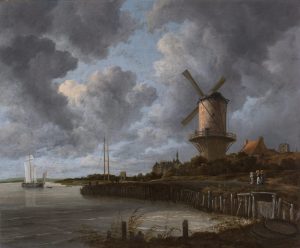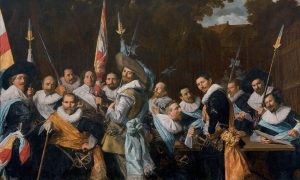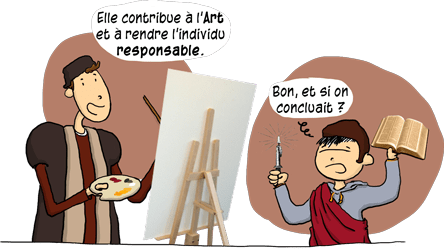The religious situation in Europe around 1600
At the end of the XVIth century the religious situation in Europe was as follows:
- The North was Protestant (in fact, there were various forms of Protestantism),
- The South remained Catholic,
- The East was influenced by the Orthodox Church
- The Far South was influenced by Islam.
The importance of literacy now became essential to every European
In 1535, the humanist Pierre Robert (also known as Olivétan), translated the Bible into French from the original Greek and Hebrew texts for the first time. 110 copies of the original text still remain, which is exceptional and goes to show that this Bible was massively circulated at the time.
Small Bibles, which were cheaper and easier to handle, proved very successful throughout the XVIIth century. Publishers used travelling salesmen all over France to distribute them. The Bibles were carried on their backs together with other Protestant books.
In the XVIth and XVIIth centuries the Reform Movement inspired poetry and theatre which was strongly influenced by the Bible. Clément Marot and Théodore de Bèze translated the Biblical Psalms into verse while composers such as Claude Goudimel set them to music: they were sung by Protestants in the temple, but also at home or in the fields where they were working. Psalm 68, in particular, which Théodore de Bèze set to music using a German tune, became a rallying song for Protestant soldiers and was much used in the Camisard War (1702 – 1704).
One of the most famous of these Protestant poets was Agrippa d’Aubigné (1552 – 1630), who wrote ‘The Tragiques’.
Psaume des Batailles (Psaume 68)
The modern world is rooted in the Reform Movement.
The Reform Movement was first and foremost a religious concept:
- According to Protestant values, the individual is responsible for his own destiny;
- A Protestant considers that all men are equal before God, and that everyone has to be responsible to his fellow creatures here on earth;
- A Protestant refuses to seek faith or God’s presence through the use of magical rites.
Unwittingly, the Reform Movement contributed to the development of the modern world as we know it today:
- The development of an economy based more and more on industry;
- The development of education, enabling people to acquire the necessary skills to make them more independent intellectually.
Le rapport à l’art figuratif
La Réforme donne aux artistes protestants l’occasion de renouveler les thèmes de la peinture.
A côté d’illustrations de la Bible, les peintres s’intéressent aux sujets profanes : portraits, autoportraits, paysages…
La Hollande est l’un des pays où se développe cette approche.
Rembrandt (1606-1669) ou Franz Hals (1583-1666), par exemple, peignent des sujets profanes qui montrent l’existence humaine dans sa réalité : ses passions (le jeu, les banquets…), ses obligations (le travail, le commerce…), ses préoccupations quotidiennes (la vie de famille…).
C’est une peinture vivante, simple et moderne dans son inspiration.

